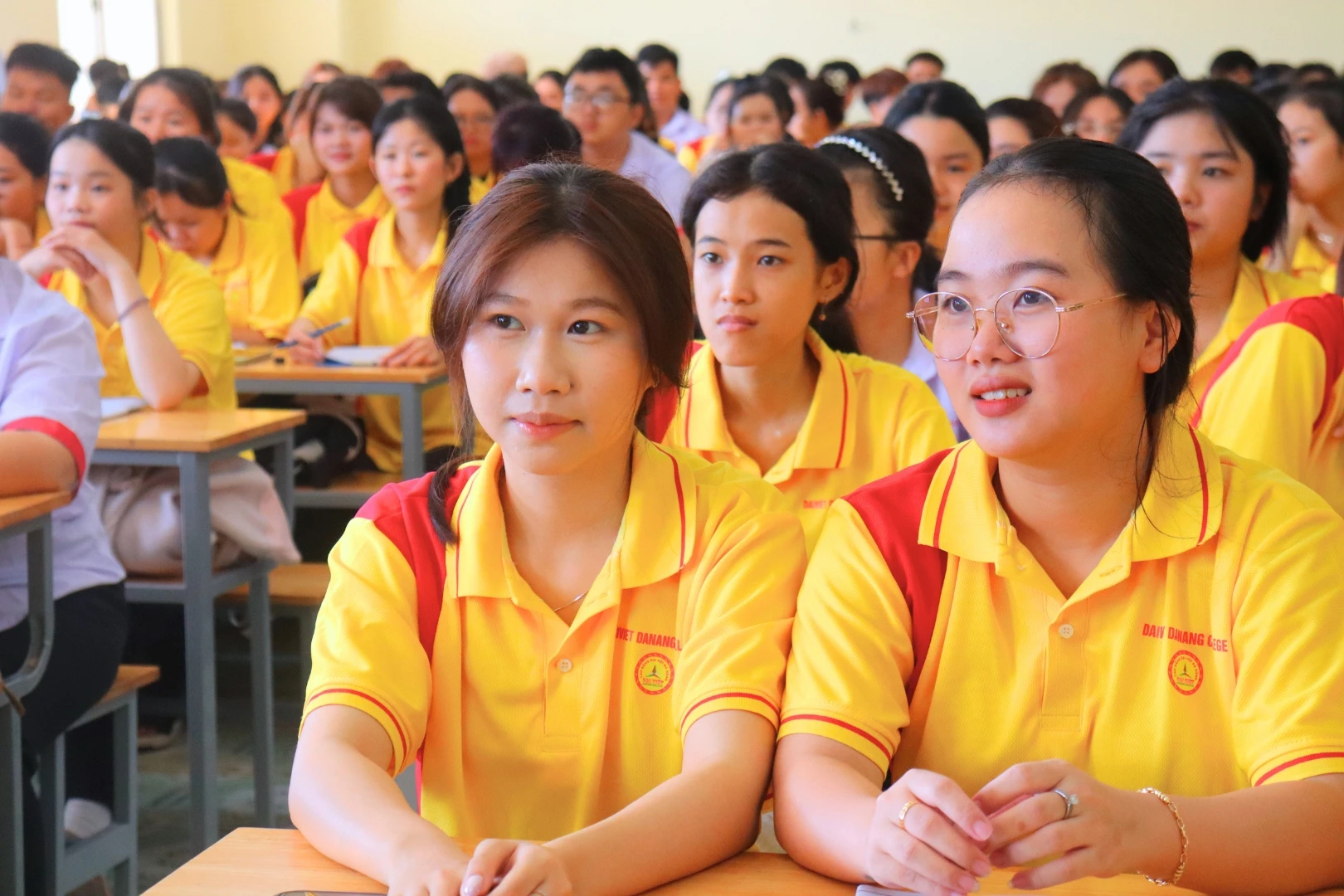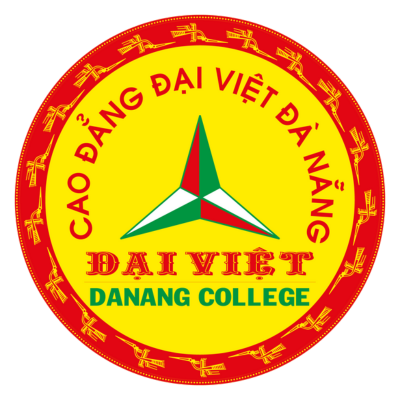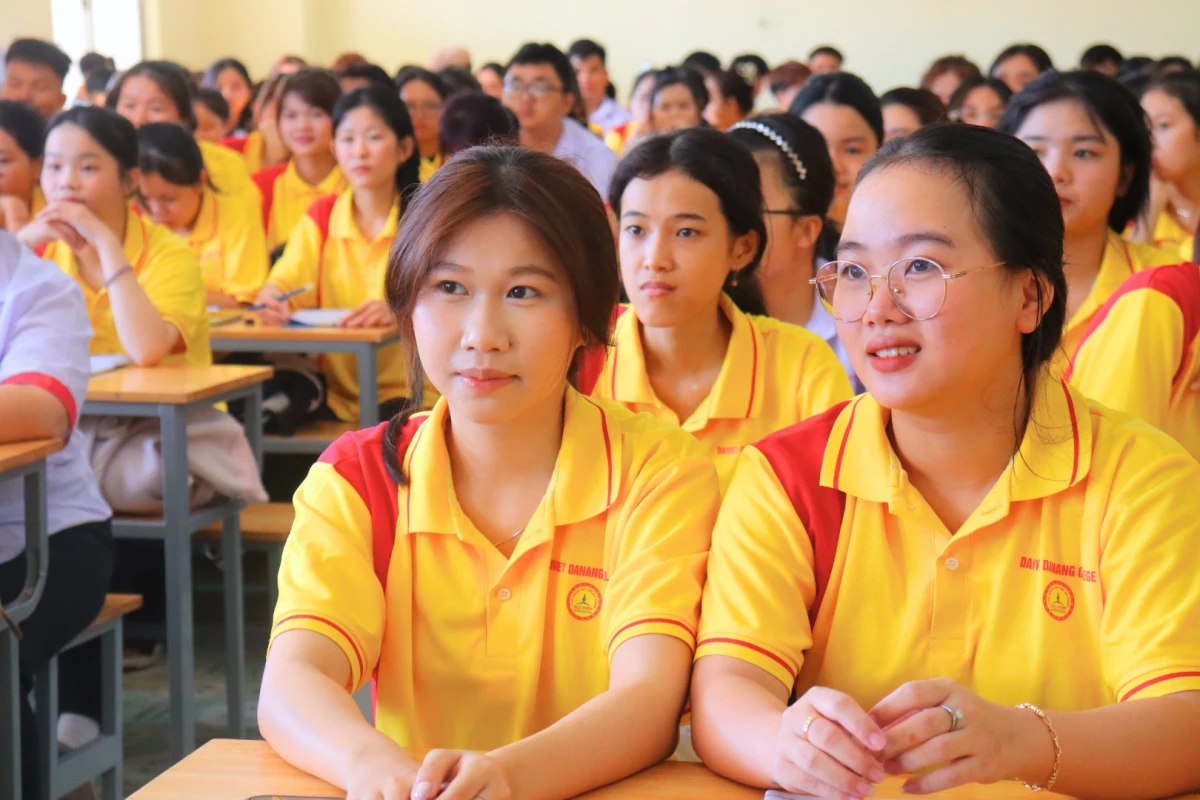In the current educational context, as human knowledge grows at an unprecedented pace, learning is no longer confined to classrooms or school boundaries. Today’s learners must actively explore, seek knowledge, and improve themselves. Therefore, self-study has become a core competency for university students. However, not all students possess effective self-learning skills. Many still depend heavily on lecturers’ guidance, lack research abilities, have poor time management, and use inappropriate study methods. For this reason, guiding students in self-study is an essential task for universities, helping learners develop autonomy, creativity, and lifelong learning skills.
Self-study is understood as a process in which learners consciously, proactively, and independently acquire knowledge through various activities such as reading materials, searching for information, doing exercises, conducting research, discussing, or gaining real-world experience. For students, self-study not only helps them master professional knowledge but also develops critical thinking, problem-solving, and self-management abilities.

In higher education, self-study is a vital pillar of the training process. If lecturers act as guides, students are the primary agents responsible for acquiring knowledge. Classroom learning accounts for only a small portion of total study time; the majority of academic outcomes depend on each individual’s self-learning capacity. Therefore, teaching students how to study independently not only improves academic performance but also prepares them for lifelong learning - an essential requirement in today’s knowledge-based society.
At present, most students are aware of the importance of self-study, but their practice is often ineffective. Many do not know how to create a study plan, still study based on emotion, or rely too much on teachers’ lectures. Some only study right before exams, leading to superficial, rote learning without deep understanding of concepts.
In addition, using learning resources remains a challenge. In the digital era, students can easily access information via the Internet, but not all know how to evaluate the reliability and relevance of sources. Some use online materials indiscriminately, resulting in inaccurate or disorganized knowledge.
Moreover, proactive and creative learning habits are still limited. Many students’ learning methods focus on passive memorization rather than asking questions, engaging in critical reflection, or applying knowledge to real-life situations. These factors make higher education less effective than expected.
To enhance students’ self-learning capacity, universities and lecturers need to implement specific and suitable guidance measures aligned with learners’ characteristics and training objectives.
a) Helping students identify clear learning goals
Each student should be guided to understand why they study, what they study for, and what outcomes they aim to achieve. Setting clear learning goals provides motivation and proper orientation throughout the self-study process. Lecturers can assist students by helping them develop detailed study plans for each course or learning stage, along with transparent evaluation criteria.
b) Training planning and time management skills
Students should be instructed on how to create a scientific self-study schedule: defining what to study, when to study, how to approach it, and how to measure progress. Maintaining a consistent and well-organized study habit helps students avoid last-minute cramming and fosters self-discipline in learning.
c) Guiding students to use learning resources effectively
Lecturers should introduce students to reliable learning channels such as digital libraries, official textbooks, academic journals, online courses (MOOCs), and open educational resources (OER). More importantly, students must be taught how to search for, analyze, and evaluate information - a core skill for learners in the digital age. By using materials effectively, students can broaden their knowledge and strengthen their research competence.
d) Innovating teaching methods
Lecturers are no longer mere transmitters of knowledge but facilitators and motivators for students’ self-learning. Approaches such as project-based learning, problem-based learning, or experiential learning encourage active student participation. When students “learn by doing,” they become more engaged and inquisitive, thereby developing independent learning and research abilities.
e) Building a supportive learning environment
Universities should create favorable conditions for students to self-study effectively: investing in facilities, expanding study spaces, providing digital learning systems, and encouraging collaborative study groups. Organizing academic seminars, research clubs, and academic competitions also fosters creativity, self-directed learning, and a collaborative academic culture.
f) Promoting the use of technology in self-learning guidance
In the digital transformation era, technology plays a crucial role in supporting students’ self-learning. Lecturers can use Learning Management Systems (LMS), Google Classroom, Moodle, or other online platforms to assign tasks, provide feedback, and assess learning progress. Technology makes learning more flexible, convenient, and interactive.
Guiding students in self-study is not merely a teaching task but a collective responsibility of the entire higher education system. When students are equipped with self-learning skills, they become proactive in acquiring knowledge and capable of adapting quickly to social, technological, and labor market changes.
Self-study is the shortest path to success, for only through self-study can people truly engage in lifelong learning. Universities, lecturers, and students must work closely together to foster a culture of self-learning in higher education - where each learner becomes the center of knowledge development and personal growth.

